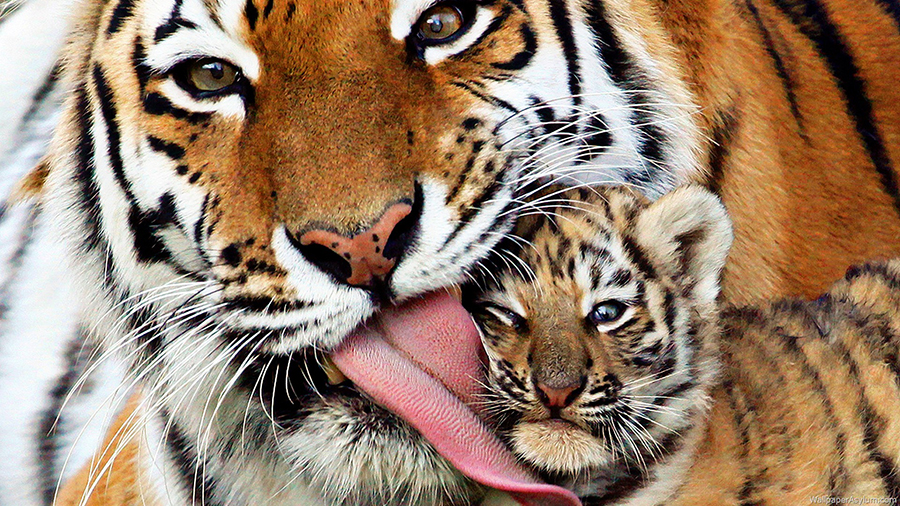A new study from the University of Minnesota sheds hope for the increase of tiger populations over the next six years. Considering the shocking fact that animals become extinct by the hundreds each year, new research showing the possible increase of the wild tiger population to up its double is great news.
According to the study from the University of Minnesota, it’s possible to increase the population of the world’s most endangered species currently, within six years or less.

Even though the proposal that considered a doubled tiger population for 2022 was dismissed at the summit in Russia six years ago, wildlife researchers now beg to differ. There are enough habitats suitable for tiger populations to settle and proliferate, said wildlife researchers involved in the study.
The latest study published on Friday in the journal Science Advantages could lead wildlife researchers to determine which habitats are more likely to thrive over the next six years and which are not. The increasing habitat loss has been one of the most significant factors for the decline of tiger populations around the world, including Indonesia, Laos and Malaysia.
According to recent reports, these countries showed a 98 percent of forest loss currently, the worst percentage to date for widespread deforestation. Nevertheless, thanks to the help of wildlife activists in collaboration with active community movements, countries like Nepal and India has seen a substantial rise in the endangered animal’s population as of now.
Hopeful outlook for tiger habitats in the wild
Lead author of the study Anup Joshi from the University of Minnesota claims that he and the research team thought the widespread deforestation would be higher in these countries due to its growing economy.
Yet Nepal and India showed an increase of its tiger populations of 31 percent and 61 percent accordingly. The tiger population can only be saved if all factors needed to protect these great animals can be accounted for, including reforestation programs and better protection of the animal reserves and habitats.
When asked about the habitats located in India and Nepal for tigers, Joshi said the conservation landscapes were almost intact. This is due to a consistent protection of the habitats from anything that could pose a threat for the animals, and the communities’ commitment to protect the core tiger reserves, Joshi added.
It’s worth mentioning that currently, there are only about 3,200 wild tigers left in the world, which represents over 97 percent reduction of tiger population in comparison with reports from 2006. Nevertheless, the new study published Friday in Science Advances could help wildlife researchers to get the plans for increasing the tiger population for 2022 moving forward with optimism.
Source: Fox News
